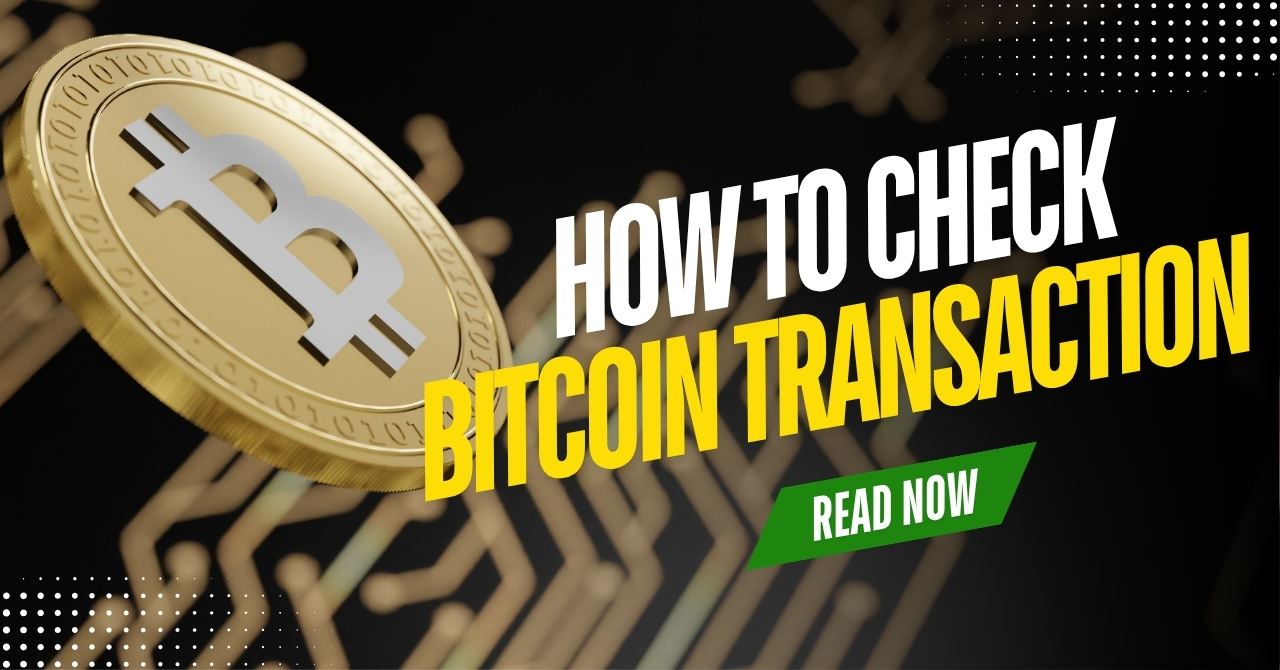What is Bitcoin Lightning, and why is it so crucial for the future of the world’s largest cryptocurrency? If you’re seeking answers for faster Bitcoin transactions at lower costs, the Lightning Network is a concept you can’t afford to overlook. This article will thoroughly explain this Layer 2 solution, from its operational mechanics, advantages, and disadvantages, to its growth potential. Let’s dive in with Viet Nam – US Trade!
1. Understanding the problem: Bitcoin’s scalability limitations
Bitcoin, as the pioneering force in the crypto world, has revolutionized our perception of currency and transactions. However, Bitcoin’s original design faces a significant challenge: scalability.
The Bitcoin blockchain can only process a limited number of transactions per second (approximately 7 TPS). As the network gained popularity and transaction volume surged, especially during peak market activity, users frequently encountered prolonged transaction confirmation times and escalating transaction fees (gas fees).
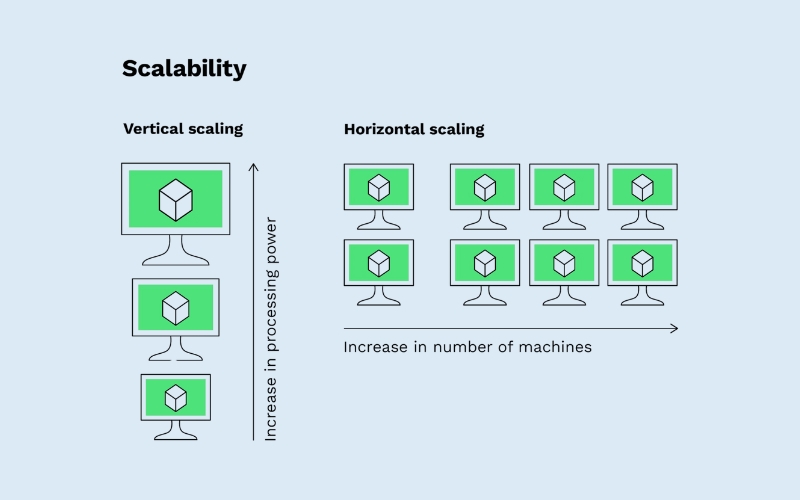
Altering Bitcoin’s core protocol (Layer 1) to address this issue is exceedingly complex and a subject of considerable debate within the community. These very limitations spurred the development of Layer 2 solutions, and the question of what Bitcoin Lightning is began to capture widespread interest. Understanding this core problem is essential when asking what Bitcoin Lightning is and why it was developed.
2. Lightning network roadmap and updates
The Lightning Network is on a promising trajectory, with ongoing updates and a clear roadmap that aims to make Bitcoin transactions faster, cheaper, and more accessible.
2.1 Overview of the roadmap
The Lightning Network has a structured roadmap aimed at enhancing its functionality and user experience. Key phases include:
- Initial development: Focused on creating a basic framework for off-chain transactions.
- Expansion of features: Introducing multi-path payments and improved routing algorithms to optimize transaction speed and efficiency.
- User-friendly tools: Development of wallets and interfaces that simplify Lightning Network transactions for everyday users.
2.2 Recent updates
Recent updates highlight significant advancements:
- Protocol enhancements: Updates to the Lightning Network protocol have improved security and transaction reliability.
- Increased adoption: Major exchanges and payment platforms are integrating Lightning, facilitating more widespread use.
- Interoperability: Efforts to ensure compatibility with other blockchain networks, enhancing cross-chain transactions.
2.3 Future goals
Looking ahead, the Lightning Network aims to:
- Scalability Improvements: Further increasing transaction capacity to handle a growing user base.
- Enhanced privacy features: Implementing more robust privacy measures to protect user identities and transaction details.
- Global reach: Expanding access in regions with limited banking infrastructure, offering financial services to underserved populations.
As developments continue, the potential for widespread adoption grows, positioning the Lightning Network as a key player in the future of digital payments.

3. What is Bitcoin Lightning? The core concept
So, precisely what is Bitcoin Lightning? The Bitcoin Lightning Network (also known as Lightning or LN) is a “Layer 2” payment protocol built on top of the Bitcoin blockchain. Imagine the Bitcoin blockchain as a main highway that sometimes gets congested.
The Lightning Network acts like a network of express lanes or private “payment channels” that alleviate traffic on this main highway. Instead of recording every minor transaction on the Bitcoin blockchain (on-chain), the Lightning Network enables users to conduct a virtually unlimited number of near-instantaneous transactions at extremely low costs off-chain through these payment channels. Only when a channel is closed is the final settlement recorded on the main blockchain.

Many newcomers to crypto often wonder what Bitcoin Lightning is when they first hear about faster transaction solutions.
- Ultra-Fast Transactions: Enables Bitcoin transactions to be confirmed almost instantaneously, rather than waiting minutes or even hours. This speed is a primary answer to “What is Bitcoin Lightning designed for?”
- Ultra-Low Transaction Fees: Drastically reduces the cost per transaction, particularly beneficial for micropayments.
- Enhanced Scalability: Helps Bitcoin process significantly more transactions per second, resolving network congestion issues.
- Micropayment Support: Facilitates transactions of very small value that were previously economically unviable on the main Bitcoin network. Understanding what Bitcoin Lightning is reveals this powerful potential.
>> See more related articles:
4. How does the Bitcoin Lightning Network work?
To truly grasp what is Bitcoin Lightning, we need to delve into its operational mechanics. The Lightning Network’s functionality relies on the creation of bi-directional payment channels between users. The intricacies of its operation are central to understanding what is Bitcoin Lightning.
4.1. Payment channels
- Opening a channel: Two users (e.g., Alice and Bob) who anticipate frequent transactions can decide to open a payment channel. To do this, they collaboratively create a special multi-signature transaction on the Bitcoin blockchain, where each party locks a certain amount of Bitcoin into the channel. This channel-opening transaction is recorded on-chain.
- Off-Chain transactions: Once the channel is established, Alice and Bob can execute countless transactions *within that channel* without broadcasting them to the entire Bitcoin network. For instance, Alice sends Bob 0.001 BTC, and later Bob sends Alice 0.0005 BTC. All these transactions occur almost instantly, with negligible costs, and are only known to and updated by the two parties in their channel balances. This off-chain capability is a key feature when explaining what Bitcoin Lightning is.
- Closing a channel: When either or both parties wish to close the channel (e.g., after a week of transacting), they broadcast a final transaction to the Bitcoin blockchain. This transaction records the final balance of each participant in the channel. Only the channel-opening and channel-closing transactions are recorded on-chain, significantly reducing the load on the main blockchain.
4.2. The network of channels (Routing)
The remarkable aspect is that you don’t need to open a direct channel with everyone you want to transact with. The Lightning Network creates an interconnected web of payment channels. If Alice wants to send Bitcoin to Carol, but they don’t have a direct channel, the network will automatically find a path through intermediary channels (e.g., Alice -> Bob -> Carol).
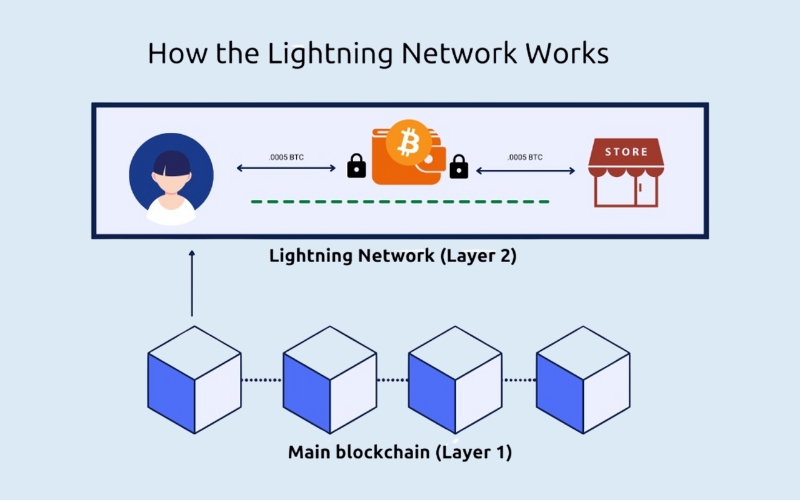
Nodes in the Lightning Network act as intermediaries, relaying these payments, and they may charge a very small fee for this routing service. Understanding this routing mechanism is pivotal to answering the question: What is Bitcoin Lightning, and how does it connect users?
4.3. Key technologies
Hashed Timelock Contracts (HTLCs): This core technology ensures that multi-hop payments are executed securely and trustlessly. It guarantees that either all parties in the payment chain receive their funds, or no one does, mitigating the risk of funds being lost mid-transaction. The security provided by HTLCs is fundamental to what is Bitcoin Lightning.
Onion Routing: Similar to Tor, this mechanism enhances transaction privacy by encrypting sender and receiver information through each intermediary node. Each node only knows the preceding and succeeding nodes in the routing chain.
5. Key benefits of using the Bitcoin Lightning Network
Once you understand what Bitcoin Lightning is and how it operates, its benefits become evident:
- Speed: Transactions are confirmed almost instantaneously, instead of waiting 10 minutes to several hours on the main Bitcoin network.
- Low fees: Transaction costs on the Lightning Network are extremely low, often just a few satoshis (the smallest unit of Bitcoin), ideal for small payments. When people ask what Bitcoin Lightning is good for, low fees are a major selling point.
- Scalability: By processing the majority of transactions off-chain, the Lightning Network alleviates the burden on the Bitcoin blockchain, potentially enabling the system to handle millions of transactions per second.
- Micropayments: Unlocks the ability to conduct transactions of very small value, such as paying per article read, tipping content creators, or in-game purchases.
- Reduced Blockchain Bloat: Fewer individual transactions are recorded on the main chain, helping to reduce the blockchain’s size and node operating costs. This efficiency is a key aspect of what Bitcoin Lightning is.

5. Limitations and challenges of the Lightning Network
While offering numerous advantages, exploring what Bitcoin Lightning is also requires considering its current limitations and challenges:
- Complexity: For new users, understanding and utilizing the Lightning Network (e.g., opening/closing channels, managing liquidity) can be more complex than standard on-chain transactions. However, wallets and user interfaces are becoming increasingly user-friendly.
- Liquidity requirements: To open channels and facilitate routing, users or nodes need to lock up a certain amount of Bitcoin. This can be a barrier for some. Knowing what is Bitcoin Lightning involves understanding these initial setup requirements.
- Channel management: Opening and closing channels are still on-chain transactions, incurring fees and time.
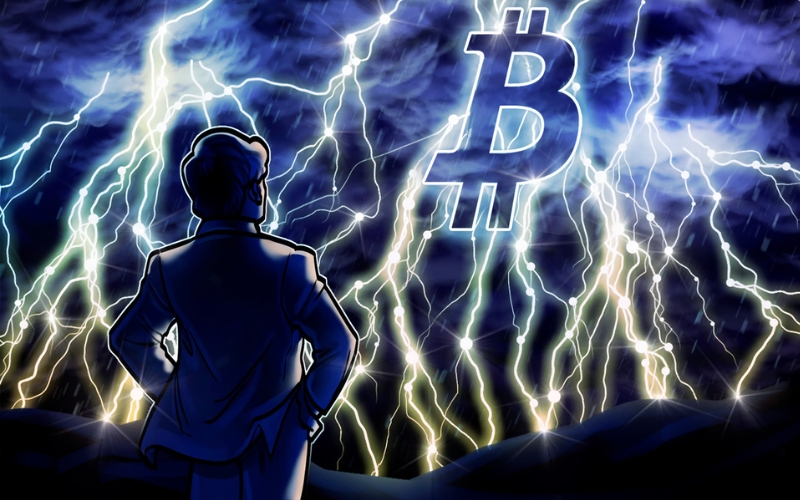
- Offline risk: If one party in a channel goes offline for an extended period, there’s a risk that the other party might attempt to close the channel with an outdated state unfavorable to the offline party. “Watchtowers” are being developed to mitigate this risk by monitoring channels on behalf of users.
- Centralization concerns: There’s a potential for a few large, well-funded, and well-connected nodes (hubs) to dominate routing, raising concerns about centralization, though the network is designed to be decentralized.
- Not Ideal for large transactions: The Lightning Network is primarily designed for smaller, frequent payments. Large transactions are still better suited for on-chain execution. A complete understanding of what Bitcoin Lightning includes, recognizing its current scope.
6. Common use cases for the Bitcoin Lightning Network
With its speed and cost advantages, the Lightning Network is unlocking numerous real-world use cases for Bitcoin:
- Retail payments: Buying coffee, groceries, or paying for online services.
- Tipping and content monetization: Fans tipping streamers, readers paying a small fee to access articles. The question of what Bitcoin Lightning is often arises in discussions about new creator economy models.
- Gaming: In-game rewards, purchasing virtual items.
- Machine-to-Machine (M2M) payments: Devices automatically transacting for small services.
- Cross-Border remittances: Potential to reduce costs and increase speed for international money transfers.
Many believe the widespread adoption of these applications hinges on the community fully understanding what Bitcoin Lightning is and how to leverage it.
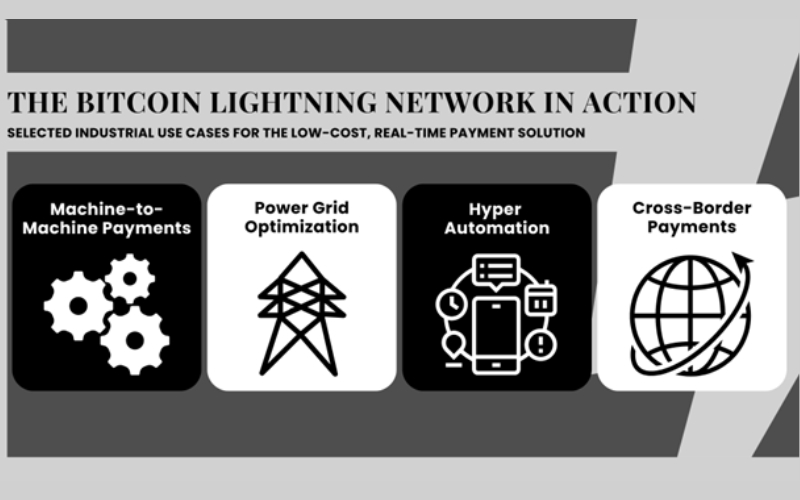
7. The future of the Bitcoin Lightning Network
The Lightning Network is still evolving and maturing, but has made significant strides. The number of nodes, channels, and the amount of Bitcoin locked in the network are continuously increasing. Developers are actively working to improve user experience, enhance security, and expand the network’s capabilities.
Developments like Taro (enabling the issuance of assets like stablecoins on Lightning) and the benefits from Bitcoin’s Taproot upgrade promise to further propel the Lightning Network’s growth. Bitcoin’s future as a practical, everyday medium of exchange may heavily depend on the success of Layer 2 solutions like this, and public understanding of what Bitcoin Lightning is is a crucial part of that journey.
In summary, what is Bitcoin Lightning? It is a revolutionary Layer 2 solution designed to address Bitcoin’s inherent scalability challenges, making transactions faster, cheaper, and more efficient. While there are still hurdles to overcome, the Lightning Network is demonstrating immense potential in bringing Bitcoin closer to its role as an everyday payment method for people globally. To stay updated on the latest market developments and breakthrough technologies, be sure to follow the Bitcoin category section of Viet Nam – US Trade!



